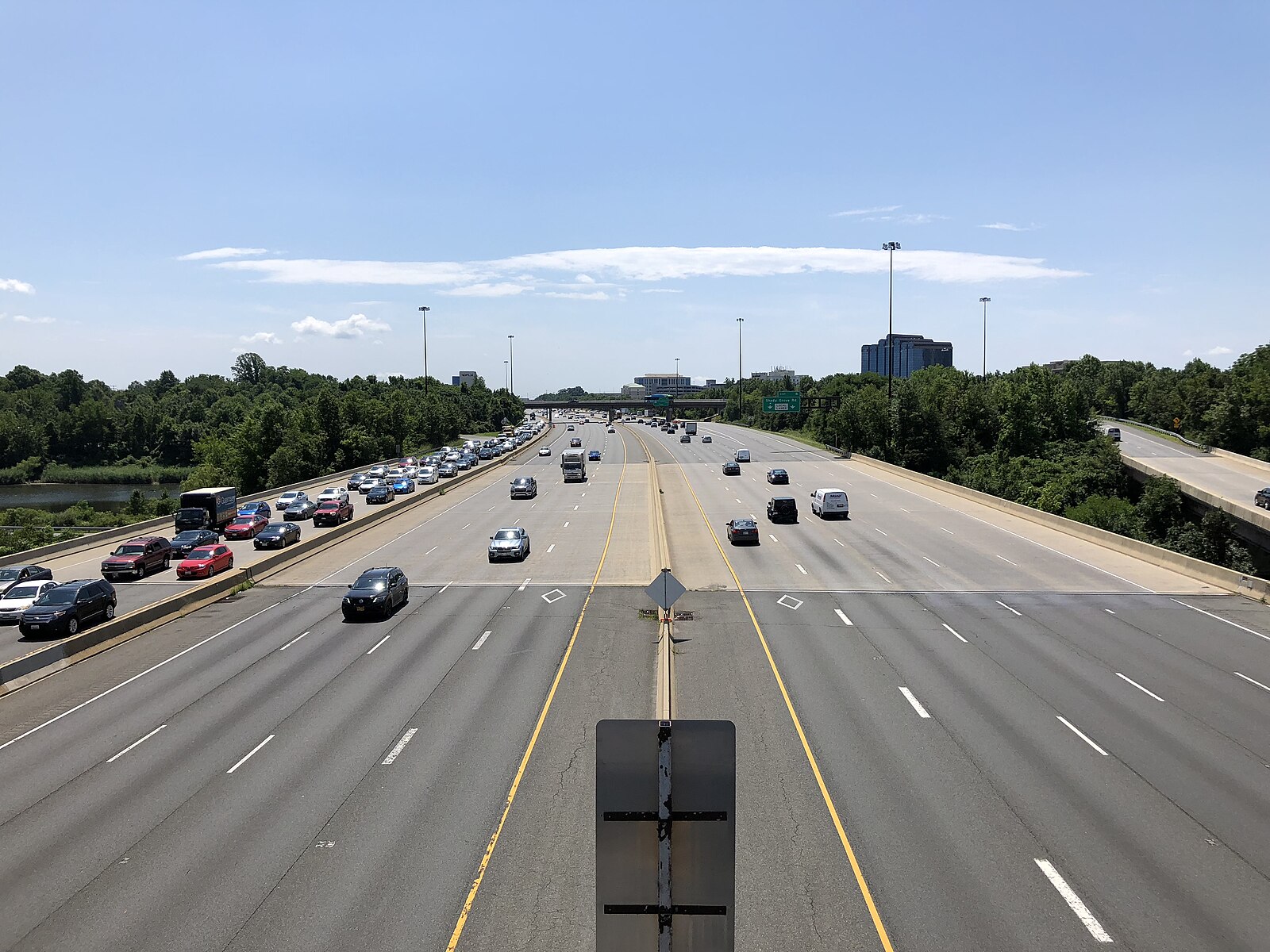Views expressed in opinion columns are the author’s own.
Former Gov. Larry Hogan has described Maryland’s highway traffic as soul-crushing, which is hard to disagree with. With Maryland being so connected to both Washington, D.C. and Virginia, the highways can quickly get clogged at peak travel hours. In 2020, Maryland was even ranked the second-worst state for congested urban highways — only behind California.
While in office, Hogan worked on plans for a massive and costly expansion along the Capital Beltway and Interstate 270 for new toll lanes in an attempt to decrease traffic. Gov. Wes Moore’s administration has plans to review this project, which means it could still go through.
Hogan’s plan is not a good solution.
However, there are several alternative investments that would remove drivers from the highways instead. It would be best to attempt one of these, but ultimately, expanding the highway is so futile that if useful solutions can’t be implemented, traffic would be better off if nothing is done at all.
Adding tolls to the Beltway and I-270 would leave Marylanders in worse traffic and on more dangerous roads than we currently have. Tolls would increase merge points and incentivize more drivers to be on the roads during rush hour.
Adding more lanes to solve traffic has the same flaw as printing more money to slow down inflation. It makes the issue worse instead of fixing it. Instead of creating more room to reduce the problem, both of these solutions are examples of induced demand, the phenomenon where an increase in supply leads to an increase in demand. In the case of highways, more available lanes means those who bike, take public transportation, or drive at different times are now incentivized to start driving, often at the same time, taking up all the new space.
Maryland doesn’t have to look far to find a real-world example of lane expansion’s shortcomings. Virginia’s toll lane model, which is similar to the Maryland design, has brought unwelcome results to Virginia residents. Consistent merge-point traffic where the tolls meet the general lanes creates unsafe road conditions for both toll and non-toll drivers. They’ve also lost an inside shoulder area, important for emergency and stopped vehicles. In addition, oversized vehicles have crowded general lanes. These increased road dangers are clear in Virginia’s crash data where accidents at toll merge points are far higher than the average highway crash rates.
If Maryland implements our highway toll plans we would likely see similar results.
Besides massive highway projects, there are several alternative solutions that could decrease traffic. Expanding the Metro system, bus routes or protected bike paths encourage more people to get off the highway, which would ease congestion. Other projects like ramp metering to slow down merging vehicles that have already started along I-270 have proven to be an effective solution for traffic and safety.
There are also several programs the state could offer to encourage alternative forms of transportation. For instance, Washington, D.C. has a program that mandates employers to offer employees transit benefits that reduce traffic. Mandating transit benefits to commuting employees incentivises modes of transportation aside from driving during rush hour.
Similarly, placing a fee on driving during peak hours could serve as a disincentive to highway use and has seen benefits in several cities. Those who wish to avoid the fee could access other forms of transportation or plan to travel at different times, reducing the number of travelers at rush hour.
These alternatives are effective because they focus on the only real solution — taking drivers off the roads — a point highway expansion not only misses, but makes worse.
Not expanding highways at all will be more fruitful for Maryland traffic than Hogan’s misinformed attempt. This plan will only exacerbate the existing difficulties drivers face on our highways. With countless more practical ways to reduce traffic, Maryland shouldn’t make the mistake of investing in an expensive solution to make our highways more congested and dangerous.
Kyra Freeman is a sophomore philosophy, politics and economics major. She can be reached at freemankyra04@gmail.com.



